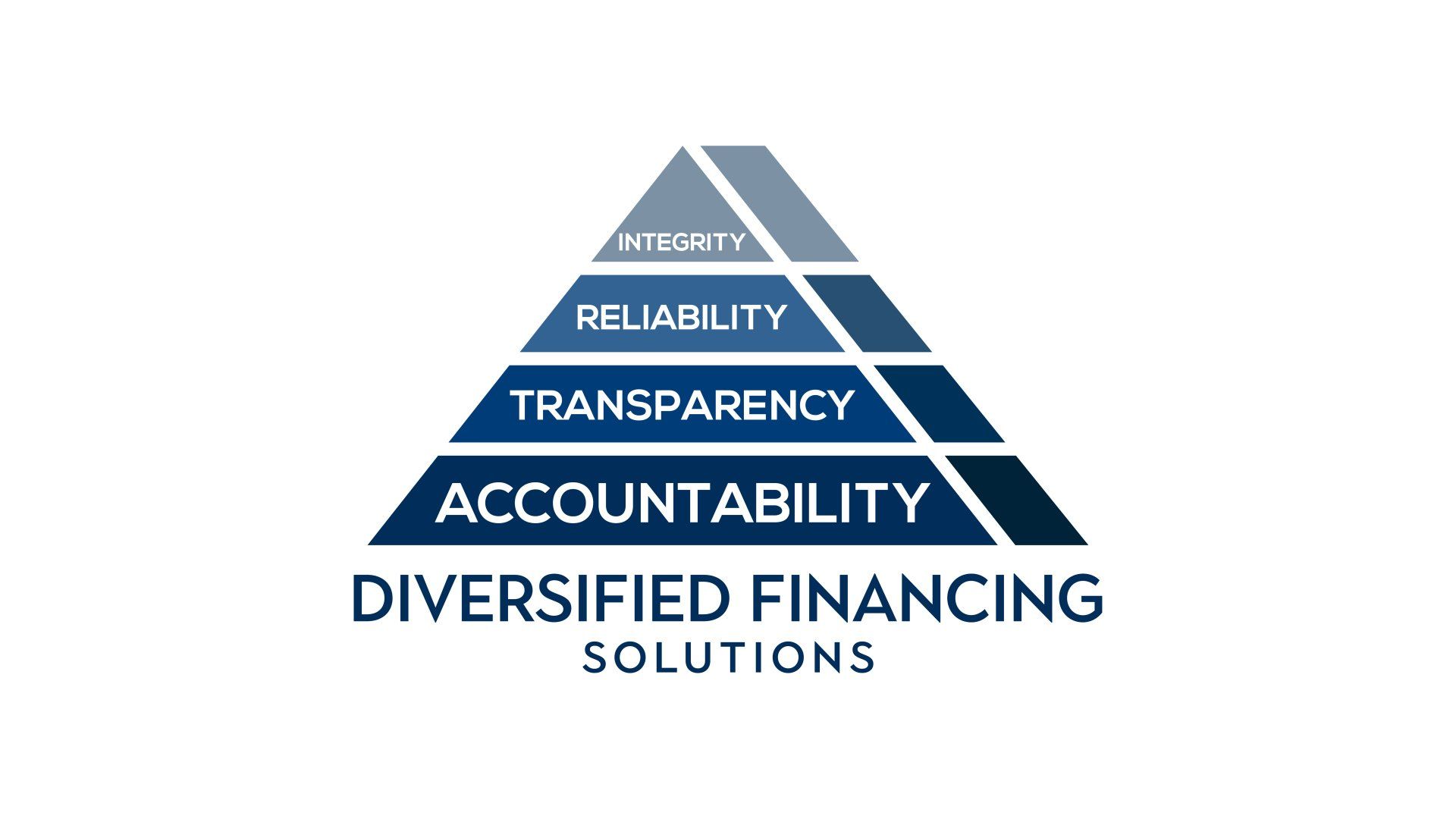DSCR Loan Requirements & How To Meet Them
The world of real estate investment is filled with opportunities, but to harness them, understanding the financial landscape is pivotal. Among the myriad of financing options available, a specific term often crops up for seasoned and novice investors alike: the DSCR loan. Delving deeper into the DSCR loan requirements not only helps investors secure financing but also ensures their investments stand on solid financial ground.
What is DSCR, and Why is it Important?
Before we navigate the specifics of the requirements, it's crucial to grasp the foundational concept. DSCR, or Debt Service Coverage Ratio, is a measure employed by lenders to evaluate the financial health and viability of a potential borrower, especially in the domain of real estate investment. The ratio gauges the cash flow available to the borrower for servicing their debt obligations, specifically the mortgage linked to the investment property.
Primary DSCR Loan Requirements
Lenders, in their pursuit to minimize risk, set forth a series of criteria that borrowers need to fulfill. Let’s dissect these requirements:
● Debt Service Coverage Ratio Threshold: At its core, lenders want to see a DSCR that surpasses a certain threshold, often set at 1.2 or higher. This indicates that the property generates ample revenue to cover debt payments with some margin for unexpected expenses or vacancies.
● Creditworthiness: Just like any loan application, a borrower's credit score and history play a pivotal role. Lenders seek assurance that you, as a borrower, have a track record of fulfilling financial commitments.
● Property Evaluation: Lenders will assess the investment property's value, potential rental income, location, and overall condition. A property in good condition in a thriving area is more likely to generate steady rental income, reflecting positively on DSCR.
● Proof of Income: Even though the primary focus is on the property's earning potential, lenders also require proof of personal income. This serves as an added layer of assurance that the loan will be serviced.
Navigating How to Get a DSCR Loan
Understanding how to get a DSCR loan can significantly streamline your application journey. Here's a step-by-step approach:
● Self-Evaluation: Begin by analyzing the DSCR of your intended investment property. This gives you a clear picture of where you stand and if any improvements are needed before approaching a lender.
● Gather Essential Documentation: Be prepared with all necessary financial documents, including tax returns, property valuation reports, rental income projections, and personal income proof.
● Approach Multiple Lenders: Different lenders might have varying DSCR loan requirements. By consulting multiple institutions, you can find the most favorable terms and gain a comprehensive understanding of the market landscape.
● Engage Financial Experts: Especially for newcomers in the real estate arena, seeking advice from financial consultants or mortgage brokers can offer valuable insights and enhance the likelihood of loan approval.
Enhancing Your DSCR Loan Approval Chances
To bolster your chances of securing a DSCR loan, consider the following strategies:
● Improve the Property's Revenue Stream: Increasing rents, reducing vacancies, or even introducing added amenities can boost the property's income, enhancing the DSCR.
● Mitigate Operating Costs: Streamlined property management, renegotiating vendor contracts, or introducing energy-efficient measures can significantly reduce operational expenses, positively impacting the DSCR.
● Boost Personal Creditworthiness: Before diving into the application process, ensure your personal financial health is in order. Rectify any credit score discrepancies, reduce outstanding debts, and maintain a consistent track record of timely payments.
Potential Pitfalls to Avoid
While understanding the requirements is essential, being aware of potential pitfalls can save you from unforeseen challenges:
● Overestimating Rental Income: Be realistic in your rental income projections. Overestimating can lead to an inaccurate DSCR calculation, potentially jeopardizing your loan application.
● Neglecting Market Research: Real estate trends, local employment rates, and broader economic indicators can influence a property's earning potential. A well-informed investor is always a step ahead.
● Overleveraging: While debt can amplify returns, overleveraging can strain cash flows. Always ensure you strike a balance and maintain a safety buffer.
The Broader Implications of DSCR in Real Estate
While the immediate focus of DSCR is often about securing financing, its implications stretch far beyond just loan acquisition. A deeper appreciation of DSCR can offer investors invaluable perspectives on their entire real estate portfolio.
Portfolio Management: For investors with multiple properties, each with its unique DSCR, understanding the collective picture is essential. A low DSCR on one property might be offset by a high DSCR on another. Strategically managing and possibly rebalancing your property portfolio can ensure overall financial stability.
Future Investment Decisions: DSCR can act as a guiding light when contemplating future real estate ventures. Properties with a promising DSCR can be prioritized, aligning with an investor's risk appetite and return expectations.
Negotiation Leverage: A robust DSCR can be an excellent negotiation tool when discussing terms with tenants or vendors. It portrays the financial strength of the property, enabling better contractual terms, be it lease durations or maintenance contracts.
The Evolution of DSCR in a Changing Market
As with most financial metrics, DSCR is not static. It evolves with market dynamics, economic cycles, and even global events. Forward-thinking investors stay attuned to potential shifts that could impact their property's DSCR. Whether it is technological advancements introducing new property management efficiencies, local infrastructure developments boosting property desirability, or macroeconomic shifts influencing rental rates, staying agile and adaptable is crucial.
Continuous Learning
Real estate investment, while rewarding, is a domain of perpetual learning. As market landscapes change and new financial tools emerge, understanding metrics like DSCR and their implications becomes even more paramount. Continuous learning, paired with practical experience, equips investors to navigate the ever-evolving challenges and opportunities of the real estate world.
Understanding the Intricacies of these Requirements
Real estate investment is a journey filled with both opportunities and complexities. By understanding the intricacies of DSCR loan requirements, investors are better equipped to navigate the financial challenges that come their way. As the realm of real estate evolves, staying informed and proactive is the key to ensuring your investments thrive. And remember, while DSCR loans are invaluable, they are just a fragment of the broader spectrum of investment property loans available to investors. The more tools and knowledge at your disposal, the brighter your real estate future will shine.








